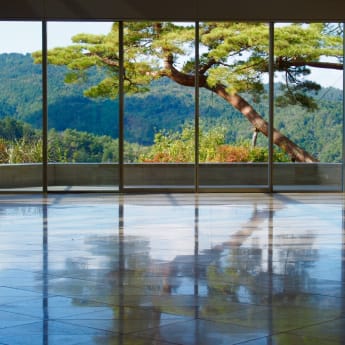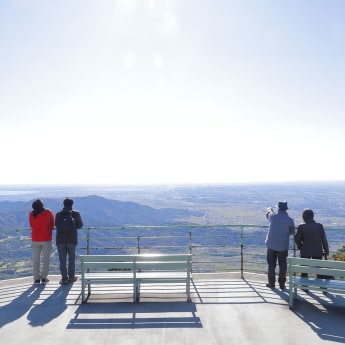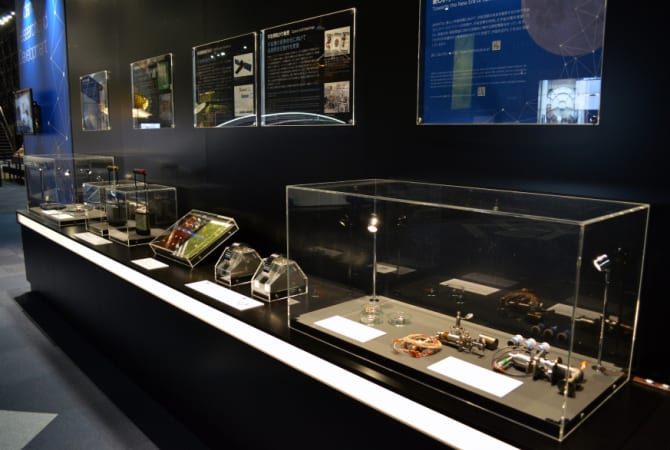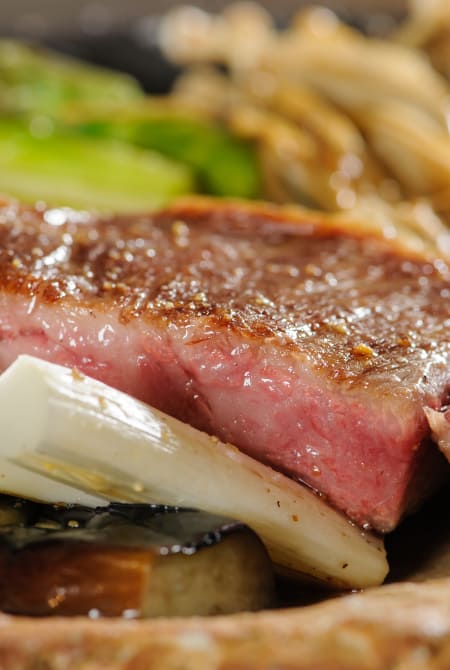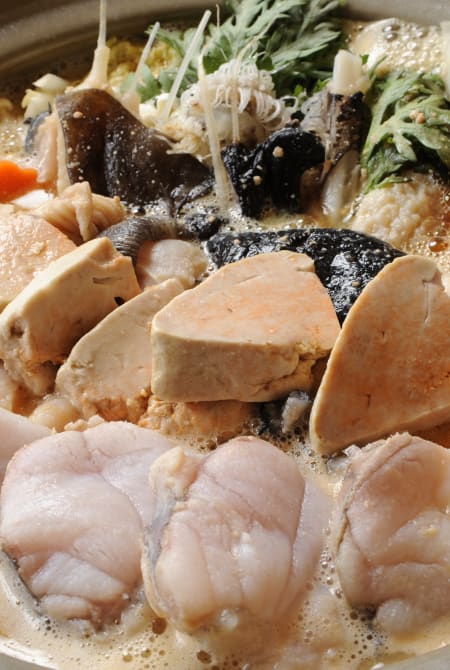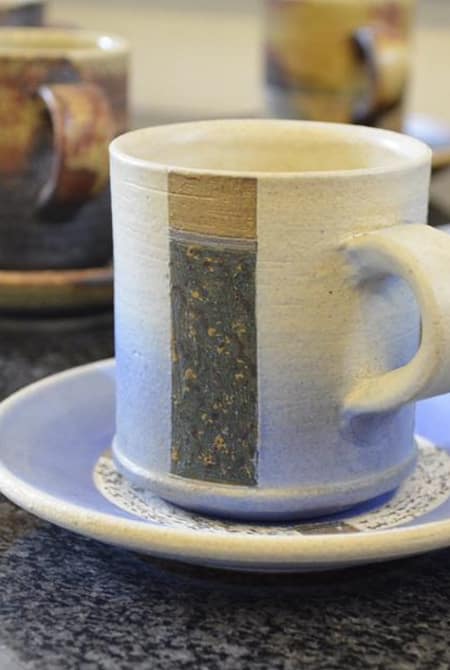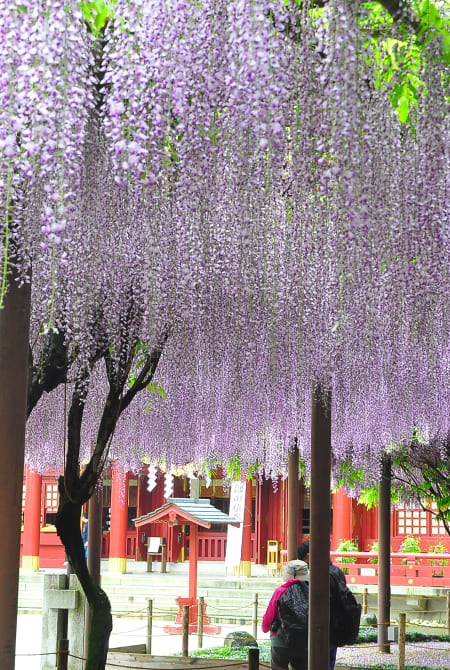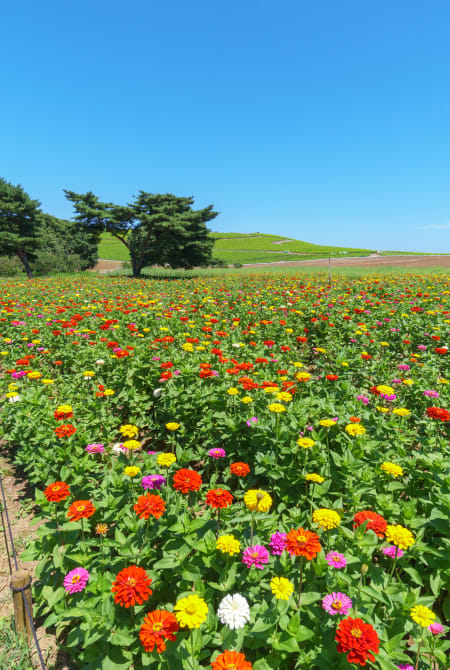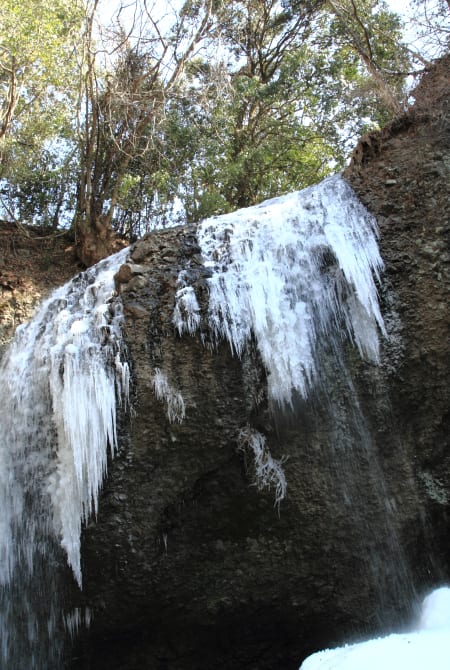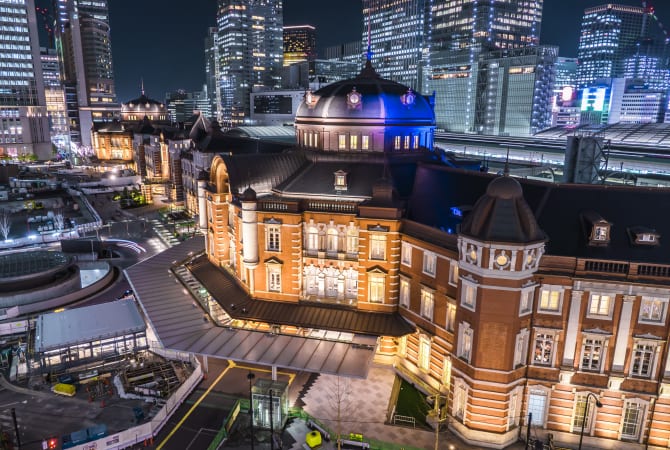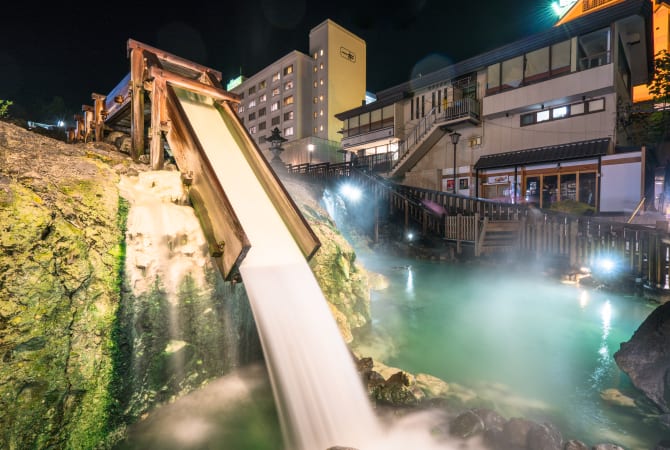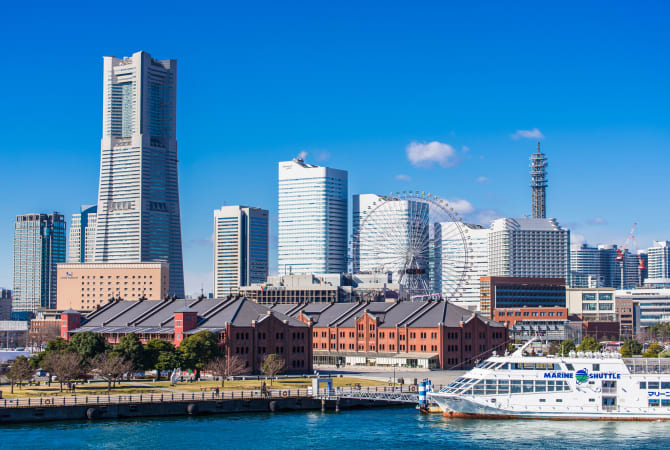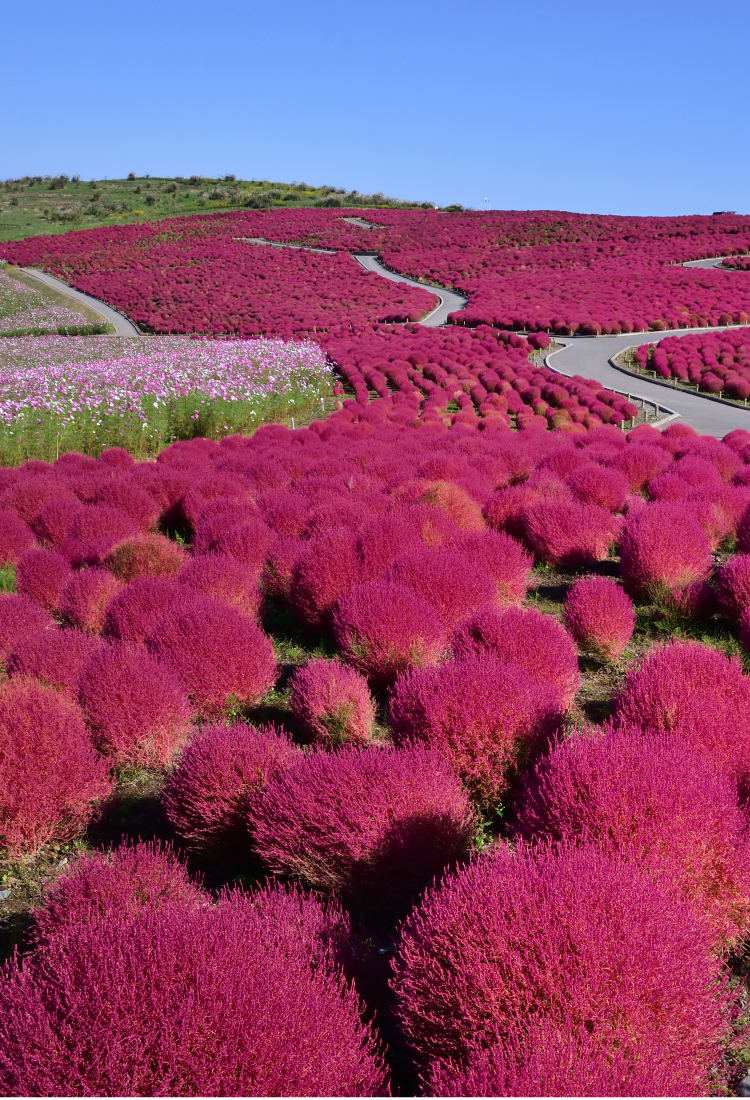

Kanto Ibaraki Fields of vivid flowers and Japan's space agency
Majestic fields of flowers, Japan's space exploration organization and the country's premier science center await in Ibaraki
How to Get There
The best way to get to Ibaraki from Tokyo is via the JR Joban Line from Ueno Station. You can access major Ibaraki stations from Narita using the JR Narita Line.
Departing from Tokyo’s Ueno Station, the JR Joban Line passes through Ibaraki on its way north to Tohoku. The Hitachi limited express train goes from Ueno to Mito, and the Tsukuba Express travels between Tokyo’s Akihabara Station and Tsukuba. Outside of Mito is the recently opened Ibaraki Airport, which services domestic flights from cities including Fukuoka, Sapporo and Kobe, as well as international routes from Taipei, Shanghai, and Xi'an.
Don’t Miss
- A carpet of blooming flowers and ocean views at Hitachi Seaside Park
- The Oarai Isosaki-jinja torii gate, which sits on a wave-swept reef by the coast
- Space exhibits, actual spacecraft, and simulations at Tsukuba Space Center
- The Ushiku Daibutsu, the world's third-largest Buddha statue
Explore Ibaraki by Area
Trending Attractions in Ibaraki
Local Specialties
-
Hitachi Beef
Beef from Japanese black cattle raised for 30 months on a strict diet that yields tender, mouthwatering meat.

-
Anko Nabe
Anko nabe is a hot pot dish featuring monkfish caught in deep ocean waters and cooked with white cabbage and shiitake mushrooms. Monkfish flesh has a mild taste and texture, with lots of healthy collagen.

-
Mito Natto
Natto, fermented soybeans, is considered one of the healthiest foods on the planet. Natto from Mito is prized across Japan for its deep, earthy flavor.

-
Kasama Ware
Kasama yaki has equipped Japanese kitchens since the 18th century. Although plastic containers edged out this pottery ware after World War II, artisans revived the tradition to make classic, functional tableware, and even contemporary decor.

Seasonal Highlights
-
Spring
Cherry blossoms erupt at Hitachi Kamine Park, located at the base of Mt. Kurakake. Shizumine Furusato Park in Shizu is known for yaezakura, a cherry variety that blossoms a few weeks later than others.

-
Summer
Multicolor irises bloom at Suigo Itako iris garden, and the Suigo Itako Iris Festival welcomes the warm weather. Hike Mt. Tsukuba or explore the forested hills of Okukuji Park.

-
Autumn
Hitachi Seaside Park's green Kochia turn deep crimson, covering the park in a fluffy carpet. From Ryujin Suspension Bridge, the forested hillsides of Okukuji Park are painted in brilliant autumn hues.

-
Winter
Uhsiku Daibutsu is illuminated spectacularly on New Year's Eve and is accompanied with a fireworks display. Ibaraki's famous plum blossoms bloom in late winter, celebrated at the Mito Plum Festival.























































